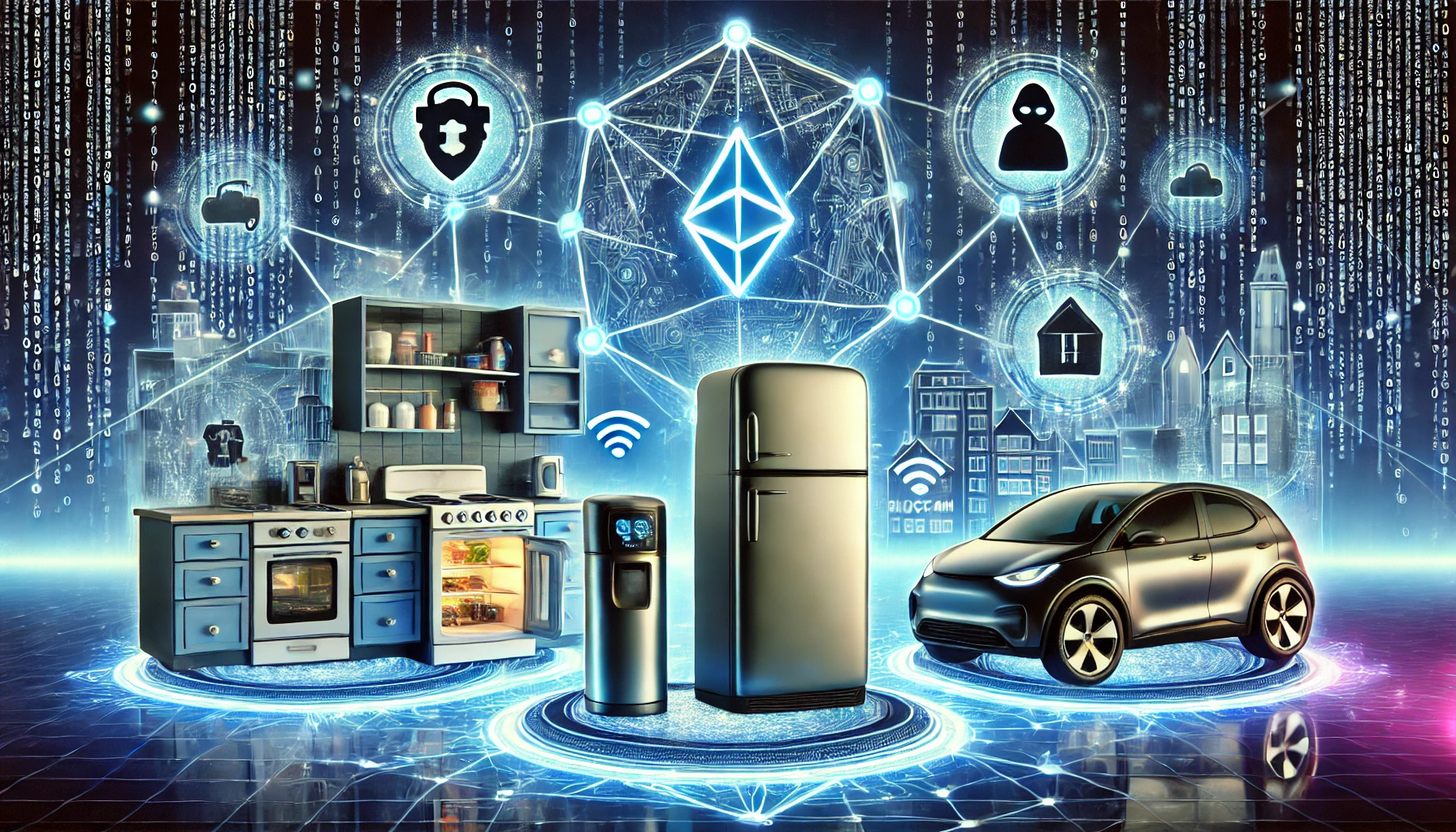Blockchain Integration in IoT: The Ultimate Shield Against Cyber Attacks or Just a Trendy Buzzword?

Blockchain and IoT: A Match Made in Tech Heaven?
Picture this: A world where your fridge can talk to your phone, your car can order its own maintenance, and your coffee maker knows exactly when you're running low on beans. That’s the magic of the Internet of Things (IoT), connecting everyday devices to the internet. But here’s the catch: more connections mean more vulnerabilities. Enter blockchain—the knight in shining armor that could revolutionize IoT security. Its decentralized nature might just be the key to protecting all those smart gadgets from cyber villains lurking in the shadows. But how exactly does blockchain work its magic on IoT?
Decentralization: The Secret Sauce for IoT Security
Here’s the thing with IoT: all those connected devices need to talk to each other constantly. That means tons of data flying back and forth across the internet. Traditionally, all this data gets handled by a central server, which can become a prime target for hackers. Blockchain flips that script. Instead of trusting a single server, it spreads the responsibility across a whole network of nodes. Every transaction is recorded in an immutable ledger, meaning if someone tries to tamper with the data, the whole system knows. In the wild west of IoT, blockchain’s decentralized approach is like hiring a bunch of bodyguards to keep your smart fridge safe.
How Blockchain Ensures Data Integrity in IoT
Data integrity is one of the biggest concerns in IoT. How do you know that the data coming from your smart doorbell hasn’t been tampered with? Blockchain provides a solution by creating a permanent, unchangeable record of every data interaction. Every time a device sends or receives data, that transaction is verified by the blockchain network and recorded in a block. This means that even if someone tries to hack one device, they can’t alter the data without getting noticed. It’s like trying to forge a note in a classroom where everyone saw the original—good luck with that!
Smart Contracts: The Game-Changer for IoT Automation
If you thought blockchain’s ledger system was impressive, wait until you hear about smart contracts. These are self-executing contracts with the terms of the agreement directly written into code. In the context of IoT, smart contracts can automatically trigger actions when certain conditions are met. For example, imagine a smart thermostat that adjusts the temperature based on the weather forecast—automatically, no human input required. But here’s where it gets cool (pun intended): with blockchain, these contracts are secure, tamper-proof, and can be audited by anyone. This means no more worrying about whether your smart home is getting too smart for its own good.
Is Blockchain Really the Perfect Fit for IoT?
Now, before you go putting blockchain stickers on all your IoT devices, let’s pump the brakes a little. While blockchain’s potential for enhancing IoT security is impressive, it’s not a magic bullet. For one, blockchain can be slow—especially in systems that require real-time data processing, like autonomous cars. Plus, the energy consumption of running blockchain networks (think of all those miners!) can be a major drawback, especially in IoT environments where efficiency is key. So, while blockchain may offer significant advantages, it’s not a one-size-fits-all solution. It’s like using a sledgehammer to crack a nut—sometimes you need something more precise.
Emerging Use Cases: From Healthcare to Smart Cities
Blockchain’s integration into IoT isn’t just theoretical anymore. It’s already happening in sectors like healthcare, where patient data security is critical. Imagine a hospital where all medical devices are connected, and patient records are updated in real-time on a blockchain. This ensures data privacy and reduces the risk of breaches. Then, there are smart cities, where blockchain could help secure everything from traffic lights to public utilities. One particularly interesting case is supply chain management. IoT devices track goods as they move from factories to consumers, and blockchain ensures that the data is trustworthy every step of the way. This combo is a match made in heaven for industries where transparency and security are non-negotiable.
The Road Ahead: Challenges and Opportunities
As with any new technology, integrating blockchain into IoT isn’t without its challenges. Scaling blockchain to support billions of IoT devices is no small feat. We’re talking about tons of data, millions of transactions, and all of it needing to happen in real-time. And then there’s the issue of interoperability. Not all IoT devices play nice together, and adding blockchain into the mix can make things even more complicated. But here’s the flip side: for those who crack the code, the rewards are enormous. Secure, reliable IoT systems could transform everything from home automation to industrial operations. The question is, are we ready to take that leap?
Is Blockchain the Future of IoT Security?
So, here we are at the big question: Is blockchain really the future of IoT security, or is it just another overhyped tech trend? While the technology holds immense promise for securing IoT devices, it’s still in the early stages of development. The potential is there, but there are still plenty of kinks to work out. For now, blockchain may not be the ultimate solution for every IoT security challenge, but it’s certainly one of the most exciting innovations on the horizon. As IoT continues to grow, blockchain could very well be the security layer we need to protect our connected world. What do you think—are we on the brink of a blockchain-powered IoT revolution?



